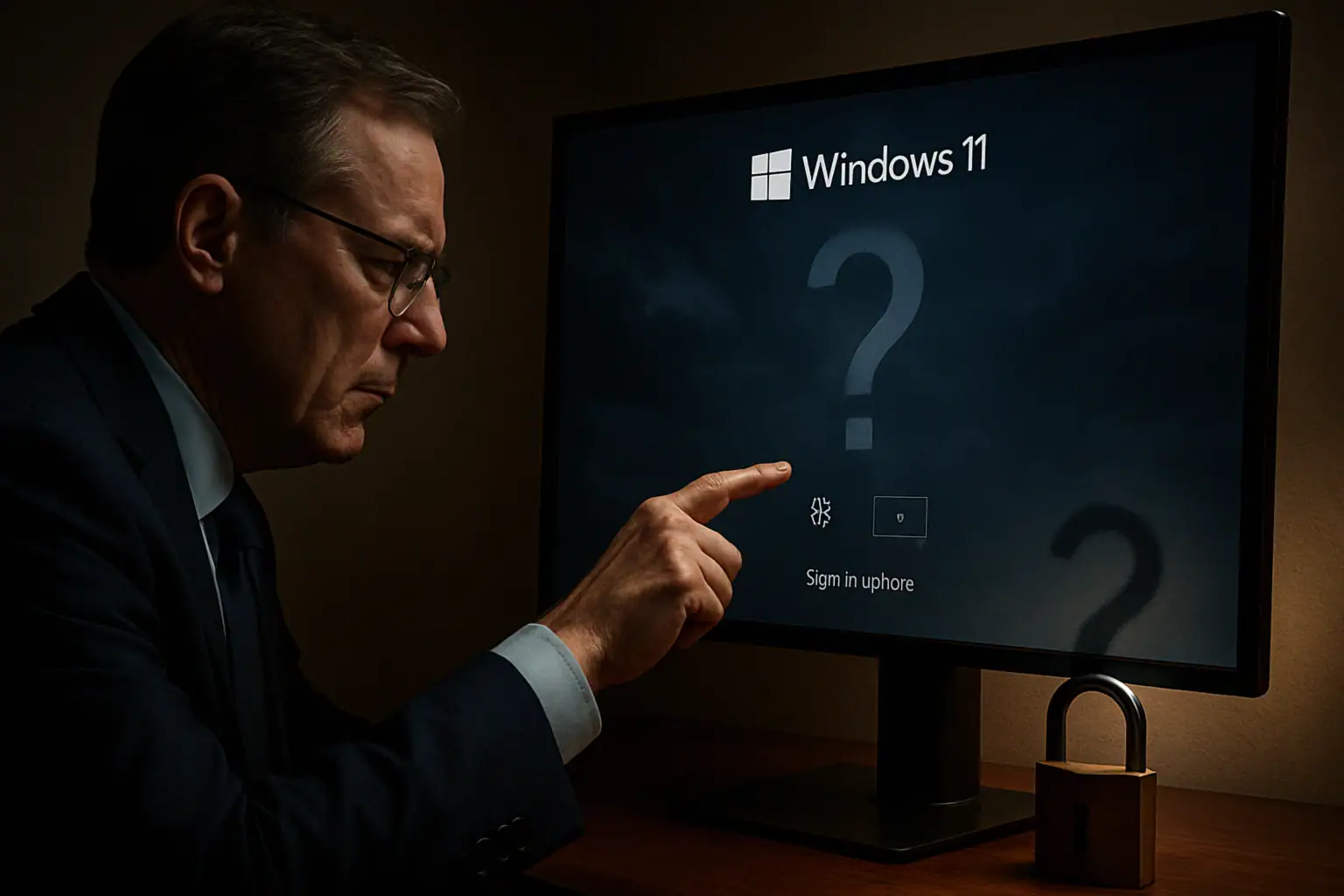Cybersecurity researchers at Hunt.io have uncovered a significant evolution in ClickFix attacks, with threat actors now specifically targeting Linux operating systems for the first time. The campaign, attributed to the APT36 (Transparent Tribe) threat group, marks a concerning expansion of sophisticated social engineering tactics in the cybersecurity landscape.
Advanced Social Engineering Tactics and Attack Methodology
The attack leverages a sophisticated social engineering approach, utilizing a fraudulent website that mimics India’s Ministry of Defense portal. The malicious platform employs operating system detection capabilities to deliver targeted payloads based on the visitor’s system configuration, demonstrating the attackers’ technical sophistication and strategic approach.
Cross-Platform Attack Vectors and Payload Delivery
Windows-Specific Attack Chain
When targeting Windows systems, the attack presents users with a fake access restriction notice. Upon clicking the “Continue” button, the platform secretly copies an MSHTA command to the clipboard, which, when executed, deploys a .NET-based loader that establishes communication with the attackers’ command and control infrastructure.
Linux-Targeted Implementation
For Linux users, the attack employs a deceptive CAPTCHA verification system. The mechanism tricks users into executing a shell command through the ALT+F2 shortcut, resulting in the download of a file named mapeal.sh from the attacker’s infrastructure.
Technical Analysis and Security Implications
Current analysis reveals that the Linux variant primarily downloads a JPEG file from the attacker’s server (trade4wealth[.]in). However, security experts warn that this could be a proof-of-concept phase, as the same delivery mechanism could easily be modified to deploy malicious shell scripts with system-wide impact. This development, following the previous discovery of macOS variants, indicates a strategic expansion targeting all major desktop operating systems.
The emergence of this cross-platform attack capability represents a significant evolution in threat actor tactics, requiring enhanced security awareness across all operating system users. Security professionals recommend implementing robust endpoint protection solutions, maintaining system updates, and educating users about social engineering risks. Organizations should particularly focus on training employees to recognize and avoid executing unauthorized commands, regardless of how legitimate the source may appear. The incident underscores the critical importance of maintaining vigilant security practices across all computing platforms in an increasingly sophisticated threat landscape.






